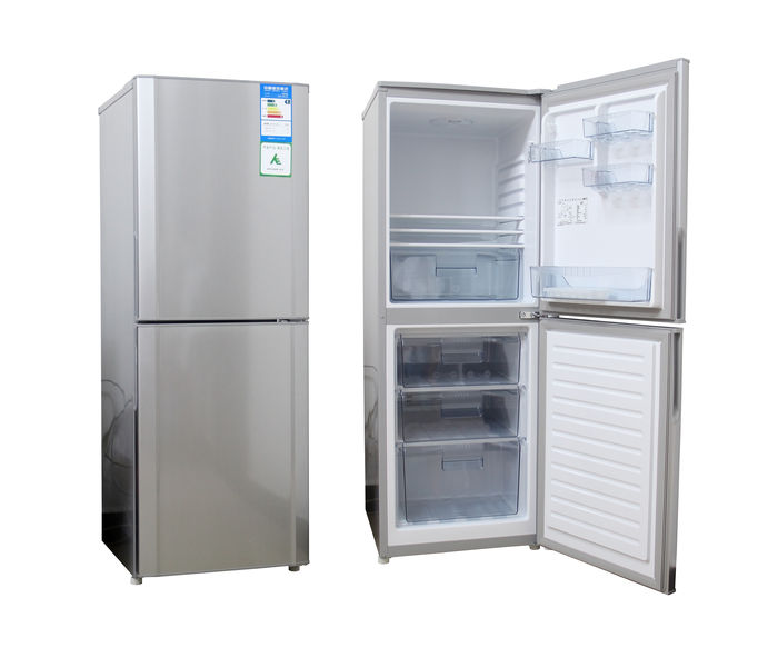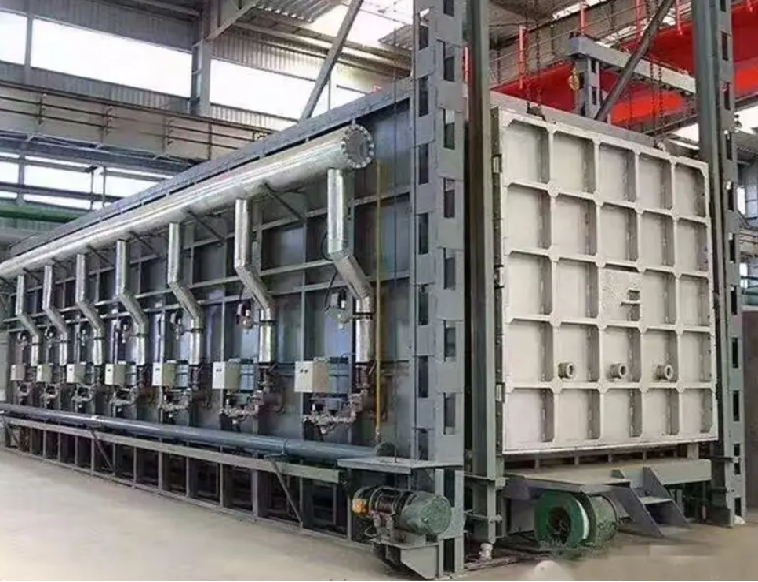1. Introduction
Cryogenic insulation, essential for industries such as liquefied natural gas (LNG), aerospace, and superconductivity, demands materials capable of withstanding extreme low temperatures (below −150°C) while minimizing heat transfer. Traditional insulation materials like polyurethane foams or fiberglass often fail due to brittleness, moisture absorption, or insufficient thermal resistance. Aerogels, with their ultra-low thermal conductivity (0.013–0.025 W/m·K), high porosity (>90%), and lightweight structure, have emerged as a transformative solution. This article explores recent advancements in aerogel-based cryogenic insulation technologies, focusing on material innovations, performance benchmarks, and industrial applications.

2. Key Aerogel Materials for Cryogenic Applications
2.1 Silica-Based Aerogels
Silica aerogels dominate cryogenic insulation due to their exceptional thermal performance and adaptability. For example, wood/silica composite aerogels synthesized via sol-gel methods exhibit a thermal conductivity of 0.032 W/m·K and retain elasticity even at −196°C (liquid nitrogen temperatures), enabling repeated mechanical stress without fracture. Hybrid designs, such as silica-polyvinyl alcohol (PVA) composites, enhance mechanical durability while maintaining low thermal conductivity, making them suitable for LNG pipeline insulation.
2.2 Polymer-Reinforced Aerogels
Polymer integration addresses the fragility of pure silica aerogels. Polypropylene (PP) fiber-reinforced aerogels, for instance, demonstrate a noise reduction coefficient of 0.61 alongside compressive strength suitable for cryogenic environments. These materials leverage PP’s chemical resistance and PVA’s binding properties to create flexible, lightweight insulation panels. Similarly, polyimide aerogels combine high-temperature stability (>400°C) with cryogenic resilience, ideal for aerospace applications where thermal cycling is common.
2.3 SANAT Aerogel’s SNTS-200
A commercial benchmark, SNTS-200, employs a flexible aerogel blanket format with an integral vapor barrier, achieving near-zero water vapor permeance. Its ultrathin design (available in 5–10 mm thicknesses) eliminates the need for expansion joints, simplifying installation in active LNG facilities. Notably, SNTS-200 has been deployed in over 50 major LNG projects, reducing heat gain by 30–50% compared to traditional foam insulation.

3. Performance Advantages
- Ultra-Low Thermal Conductivity: Aerogels outperform conventional materials by up to 80% in thermal resistance. For instance, silica aerogels maintain thermal stability at −269°C (liquid helium temperatures).
- Lightweight and Space-Efficient: Aerogels’ low density (0.02–0.2 g/cm³) reduces structural load, critical for aerospace and mobile cryogenic tanks.
- Moisture and Fire Resistance: Hydrophobic silica aerogels (contact angle >127°) prevent ice formation, while flame-retardant variants (limiting oxygen index >44%) enhance safety in petrochemical plants.
4. Industrial Applications
4.1 LNG Infrastructure
Cryogenic aerogels are pivotal in LNG storage and transport. For example, aerogel-enhanced double-walled tanks reduce boil-off gas losses by 20–30%, optimizing energy efficiency. SANAT’s SNTS-200 is widely used in liquefaction and regasification terminals, where its flexibility accommodates pipeline vibrations and thermal contractions.
4.2 Aerospace and Superconductivity
In spacecraft, aerogel insulation protects cryogenic fuel tanks (e.g., liquid hydrogen) from extreme temperature gradients. NASA’s Mars rovers utilize silica aerogels to shield electronics from −120°C Martian nights7. Similarly, superconducting magnets in MRI machines rely on aerogels to maintain stable low temperatures with minimal energy input.
4.3 Medical and Research Applications
Cryogenic aerogels enable ultra-low-temperature storage for biological samples and vaccines. Their transparency (in monolithic forms) also supports optical experiments in quantum physics, where thermal interference must be minimized.
5. Challenges and Future Directions
Despite their promise, aerogels face hurdles:
- Cost: Production expenses remain 3–5× higher than traditional materials, though economies of scale are reducing this gap.
- Mechanical Limitations: While polymer reinforcement improves durability, further research is needed to enhance tensile strength under cyclic thermal stress.
Future innovations focus on:
- Nanostructured Hybrids: Integrating graphene or carbon nanotubes to boost thermal and mechanical properties.
- Sustainable Production: Bio-based aerogels derived from cellulose or chitin aim to lower costs and environmental impact.
- Smart Insulation: Phase-change aerogels that adaptively regulate thermal conductivity in fluctuating environments.
6. Conclusion
Aerogels represent a paradigm shift in cryogenic insulation, offering unmatched thermal performance, versatility, and safety. From LNG infrastructure to cutting-edge aerospace systems, their adoption is accelerating as production costs decline and material science advances. As industries prioritize energy efficiency and sustainability, aerogels are poised to become the cornerstone of next-generation cryogenic technologies.


